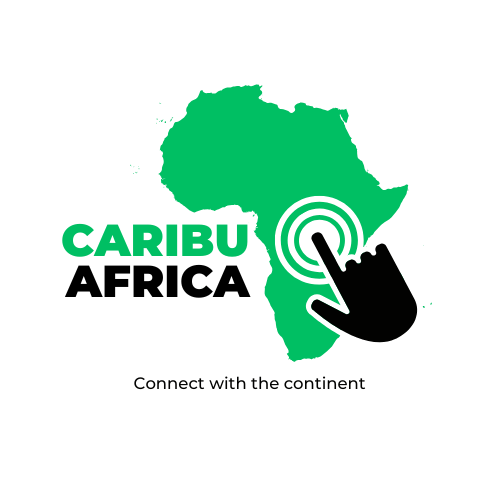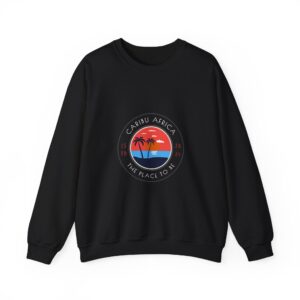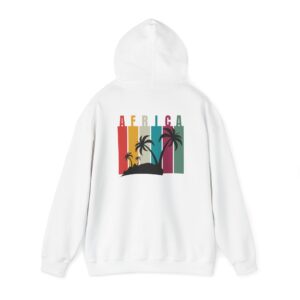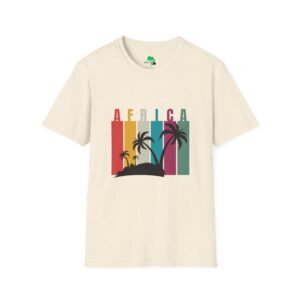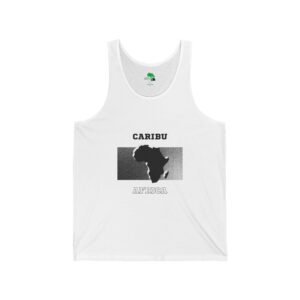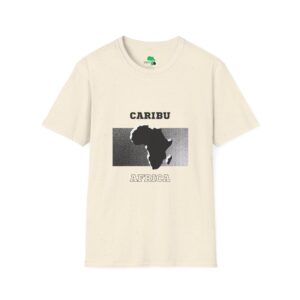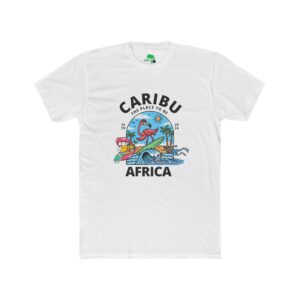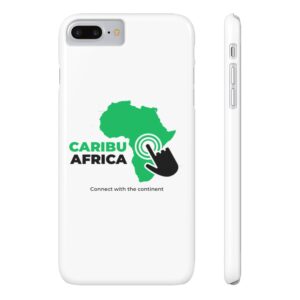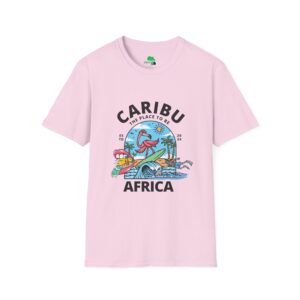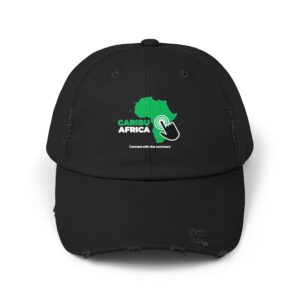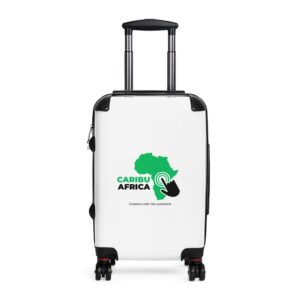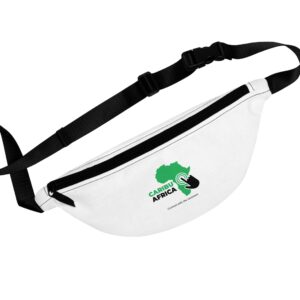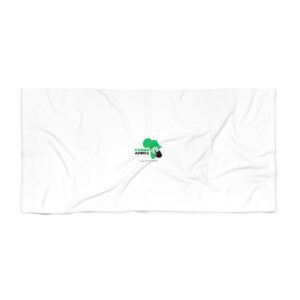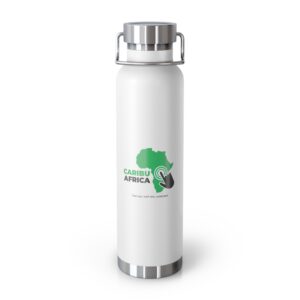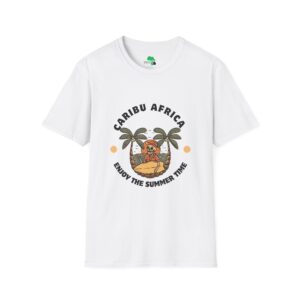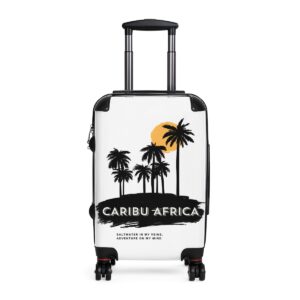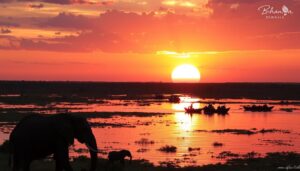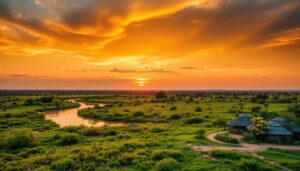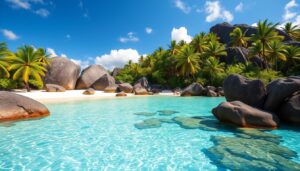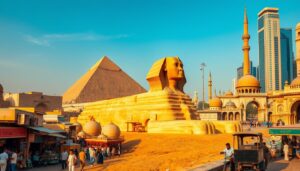Start an exciting journey through Africa’s wild with safari photography tours. See amazing wildlife, like lions in the Serengeti and elephants in Kruger National Park. Each place has unique animals and landscapes, perfect for photography.
These tours are great for both experienced and new photographers. You’ll learn from experts and see Africa’s natural beauty. You’ll explore rough terrains, find the Big Five, and enjoy the best light.
Key Takeaways
- Uncover the unique opportunities for capturing stunning wildlife moments on safari photography tours in Africa.
- Explore the best locations, such as the Serengeti, Kruger, and Amboseli National Parks, for exceptional wildlife photography.
- Prepare with the essential gear, camera tips, and clothing recommendations to ensure a comfortable and successful safari photography experience.
- Understand the importance of timing your safari tour to align with the best seasons and animal behavior for exceptional wildlife photography.
- Discover the benefits and considerations of guided versus self-driven safari tours for your photography adventures.
What are Safari Photography Tours?
Safari photography tours are special trips for both new and experienced photographers. They aim to capture the beauty of Africa’s wildlife and landscapes. These tours mix the thrill of an African safari with the art of wildlife photography. They offer a chance to connect with nature and improve your photography skills.
Overview of Safari Photography
Safari photography is a unique field that lets photographers capture Africa’s diverse wildlife. You can see lions in the Serengeti or elephants in the Kruger National Park. These tours give you a close-up view of nature’s wonders.
Importance of Wildlife Photography
Wildlife photography is key in raising awareness about endangered species and their habitats. By taking stunning photos, photographers can inspire people to care more about nature. This can lead to actions that protect these ecosystems.
Different Types of Safari Tours
- Guided photographic safaris: These tours are led by experienced guides and photographers. They help you get the best shot.
- Self-drive photographic safaris: Adventurous photographers can explore on their own. They can stop and take photos whenever they want.
- Specialized photography workshops: Some tours focus on improving your photography skills. They cover techniques, post-processing, and creative ideas.
Every safari photography tour offers a unique chance to dive into Africa’s vibrant ecosystem. You can capture the wild’s magic through your lens.
Best Locations for Safari Photography
Africa’s wildlife is a treasure trove for photographers. The Serengeti, Kruger National Park, and Amboseli National Park are top spots. They offer amazing chances to capture the beauty of Africa’s animals.
The Serengeti National Park
The Serengeti in Tanzania is a dream for photographers. It’s famous for its huge wildlife numbers. You can see the wildebeest migration, lions, leopards, and elephants up close.
The park’s landscapes are stunning. From wide savannas to woodlands, it’s perfect for wildlife photos.
Kruger National Park Insights
Kruger National Park in South Africa is a paradise for wildlife photographers. It’s home to the “Big Five” and many other animals. You’ll find everything from cheetahs to giraffes.
The park’s varied habitats make it great for photos. Its roads and viewing areas make it easy to explore.
Unique Spots in Amboseli National Park
Amboseli National Park in Kenya is known for its elephants and Mount Kilimanjaro. It’s a chance to take photos of elephants against the snow-capped mountain. The park also has lions, cheetahs, and antelopes.
The park’s different landscapes add to the beauty of your photos. From marshes to savannas, it’s a photographer’s dream.
| Destination | Key Features | Best Time to Visit |
|---|---|---|
| Serengeti National Park | Wildebeest migration, big cats, elephants | June to October |
| Kruger National Park | Big Five, diverse habitats, well-developed infrastructure | Year-round, with peak season from May to September |
| Amboseli National Park | Elephants, Mount Kilimanjaro backdrop, diverse wildlife | June to October |
These three places are perfect for safari photography. Each has its own charm and photo opportunities. By visiting these spots, you can capture Africa’s wildlife and create amazing photos.
Preparing for Your Safari Photography Tour
Going on a safari photography tour in Africa is thrilling. But, you need to prepare well to take amazing wildlife photos. We’ll look at the important things you need, from camera gear to what to wear.
Essential Gear for Wildlife Photography
For camera safari tours, the right tools are key. You’ll need a top-notch DSLR or mirrorless camera and a long lens for far-off shots. Also, a strong tripod or monopod is vital for steady photos. Remember to bring extra batteries, memory cards, and a cleaning kit to keep your equipment ready for your african wildlife photography trip.
Tips for Choosing the Right Camera
Finding the right camera for your safari photography tours africa can be tough. Look for one with fast autofocus, quick burst shooting, and great low-light shots. Talk to photography pros and read online reviews to pick the best camera for you.
Clothing and Accessories for Comfort
- Lightweight, breathable fabrics that dry quickly
- Neutral-colored clothing to blend in with the environment
- Comfortable, closed-toe shoes with good traction
- Sun protection, such as a hat, sunglasses, and sunscreen
- Insect repellent to ward off pesky bugs
With the right gear and clothes, you’ll be ready for the rough terrain and changing weather. This will make your camera safari tours trip comfortable and fun.
Timing Your Safari Photography Tour
Planning a safari photography tour is all about timing. Knowing when to go for the best wildlife shots is key. This includes understanding seasonal patterns and the golden hours of light. Each detail can greatly improve your wildlife photos.
Best Seasons for Wildlife Sightings
The time you choose for your african safari tours affects the wildlife you see. For example, the Great Migration in the Serengeti is a must-see. It’s when millions of wildebeests and zebras migrate. Going during this time offers unique photo opportunities.
Understanding Animal Behavior and Movement
It’s important to know when animals are most active. Some species move more in the early morning and late afternoon. These are the “golden hours” for photography. By planning your photography tours in africa for these times, you’ll get better wildlife shots.
The Golden Hours of Photography
- The golden hour: The first or last hour of daylight when the sun is low on the horizon, casting a warm, soft glow.
- The blue hour: The period of twilight just before sunrise or after sunset when the sky takes on a beautiful blue hue.
- Midday lighting: Can be harsh and unflattering, often leading to washed-out or overexposed images.
By timing your safari for the best light, your wildlife photos will be stunning. They will truly capture the beauty of nature.
“The best light for wildlife photography is typically during the golden hours – the first and last hour of daylight. Timing your safari to coincide with these magical moments can make all the difference in your shots.”
Guided vs. Self-Driven Safari Tours
Exploring Africa’s wildlife through your camera lens offers two main choices: guided tours or self-driven safaris. Each has its own benefits, fitting different photography styles and preferences.
Benefits of Guided Tours
Guided tours are perfect for those wanting a smooth and expert safari experience. Led by guides who know the local wildlife and best photo spots, these tours offer exclusive access to remote areas. You’ll see incredible wildlife up close.
Pros and Cons of Self-Driving Safaris
Self-driving safaris give you freedom and flexibility. You can explore at your pace, enjoy sightings longer, and change plans easily. They’re also more budget-friendly, letting you focus on your interests. But, you need experience with the terrain and animal behavior for safety and great photos.
| Guided Tours | Self-Driving Safaris |
|---|---|
| Expert-led for seamless experience | Flexible and independent exploration |
| Access to exclusive game reserves | Cost-effective option |
| Knowledgeable guides for top sightings | Requires experience navigating terrain |
Choosing between guided tours and self-drive safaris depends on your photography goals, skill level, and budget. By considering these, you’ll have a great safari experience in Africa’s beautiful landscapes and wildlife.
Capturing the Big Five: Tips and Techniques
Wildlife photography fans dream of taking pictures of the African Big Five. These include lions, elephants, leopards, rhinoceros, and buffalo. To get stunning shots, you need special techniques and to know how they behave. Here are some tips for amazing photos on your african safari photo tours or wildlife photography tours africa.
Techniques for Photographing Lions
Lions are the stars of african wildlife photography. Take photos when they’re most active, at dawn and dusk. Use a telephoto lens to stay safe while capturing their gaze or mane. Watch their body language to get the perfect shot.
Capturing Elephants in Their Habitat
African elephants are truly awe-inspiring. Look for unique angles to show their size and strength. Use a wide-angle lens for herds or a close-up for their skin and tusks. Being patient and observant will help you take amazing african wildlife photography shots.
Creative Shots of Leopards and Rhinos
Leopards and rhinos are special challenges for photographers. For leopards, find them in trees or stalking prey. Try different shots to show their grace. For rhinos, focus on their profiles and horns against a dramatic sky or landscape.
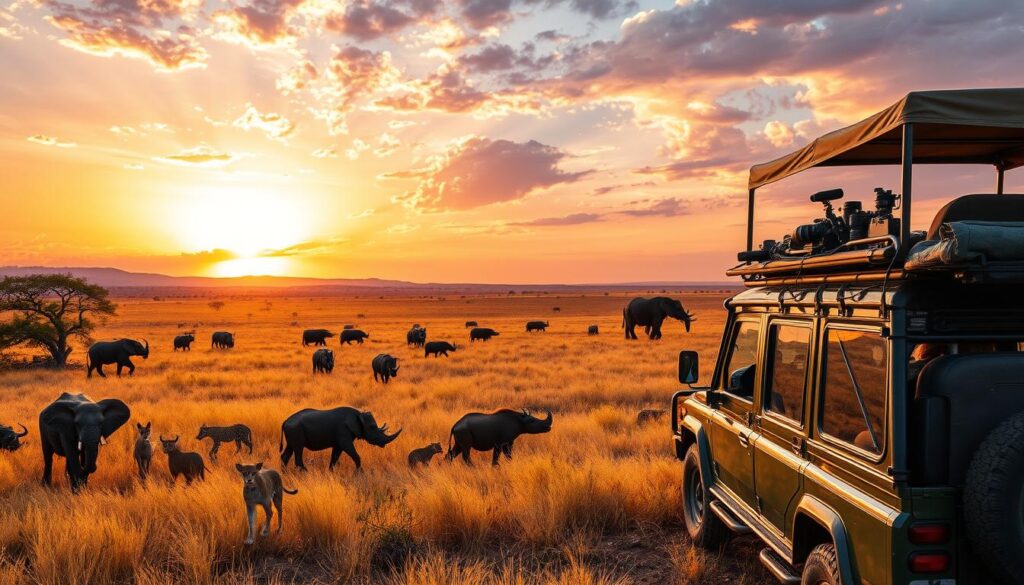
Patience, persistence, and attention to detail are crucial for african safari photo tours and wildlife photography tours africa. Follow these tips to capture the Big Five in all their glory.
Wildlife Photography Ethics
As fans of camera safari tours and photographic safaris, we must know the ethics of safari photography tours africa. It’s key to respect wildlife habitats and support sustainable practices. This way, we can capture Africa’s diverse fauna without harming it.
Respecting Animal Habitats
The animals’ wellbeing is our main concern. We must keep a safe distance and not disturb their natural behaviors. Never interfere with their daily lives. This ensures our presence doesn’t harm the wildlife we aim to observe and protect.
Importance of Sustainable Photography
Practicing sustainable photography is both ethical and helps protect Africa’s wildlife. We should stick to designated paths, avoid littering, and reduce our environmental impact. By doing so, we can enjoy safari photography tours africa while helping preserve these ecosystems.
Dos and Don'ts While on Safari
- Do follow the guidance of experienced guides and adhere to the rules of the game reserves.
- Don’t approach or feed the animals, as this can disrupt their natural behaviors and put them at risk.
- Do keep a respectful distance and avoid making sudden movements that might startle the wildlife.
- Don’t litter or leave any trace of your presence in the natural environment.
- Do be mindful of your surroundings and be prepared to quickly withdraw if an animal appears threatened or agitated.
By following these ethical guidelines, we can responsibly capture Africa’s wildlife. This ensures these magnificent creatures and their habitats are protected for future generations.
Post-Tour Photo Management
When you return from your african wildlife photo tours or photography tours in africa, the real challenge starts. It’s important to manage and share your safari photos well. This way, you can keep the memories alive and share your adventures with others.
Organizing Your Safari Photos
First, organize your photos. Set up a filing system on your computer or in the cloud. This makes it easy to find and sort your photos by location, date, or subject, like the Big Five.
Basic Editing Tips for Wildlife Photography
Even if your raw images are amazing, some editing can make them even better. Learn the basics of photo-editing software like Adobe Lightroom or Photoshop. Adjust exposure, color, and sharpness to enhance your wildlife photos.
Sharing Your Work: Social Media and Beyond
After organizing and editing your photos, it’s time to share them. Use social media like Instagram, Facebook, and Twitter to show off your wildlife photos. You can also create an online portfolio or look for magazine or website publication opportunities.
“The best thing about a picture is that it never changes, even when the people in it do.” – Andy Warhol
Mastering post-tour photo management lets you keep your african wildlife photo tours, photography tours in africa, and african safari photo tours memories alive. Use organization, editing, and sharing to showcase your photos. This will inspire others to go on their own safari adventures.
Connecting with Other Photographers
In the world of wildlife photography, it’s key to meet others who love it as much as you do. Joining photography groups and communities can change your game. You’ll learn from pros, share your ideas, and grow your network.
Joining Photography Groups and Communities
Look for local and online clubs, forums, and social media groups for wildlife photography fans. These places are full of tips and ideas. Talk to other photographers, ask questions, and join in on talks to get better and stay current with african wildlife photography.
Participating in Photography Workshops
Learn from top wildlife photographers at workshops, online or in person. These programs give you hands-on practice, feedback, and a chance to try new things. Whether you’re new or experienced, a good photography safari packages can improve your skills and open new creative doors.
Networking at Wildlife Photography Events
Watch for wildlife photography events like festivals, conferences, and shows. These events let you meet more photographers, show your work, and learn from the best. Networking can lead to new projects, mentorship, and business chances in wildlife photography tours africa.
By joining the community, you open up a world of growth, inspiration, and friendship in wildlife photography. Connect with others, find learning chances, and make lasting bonds to take your photography to the next level.
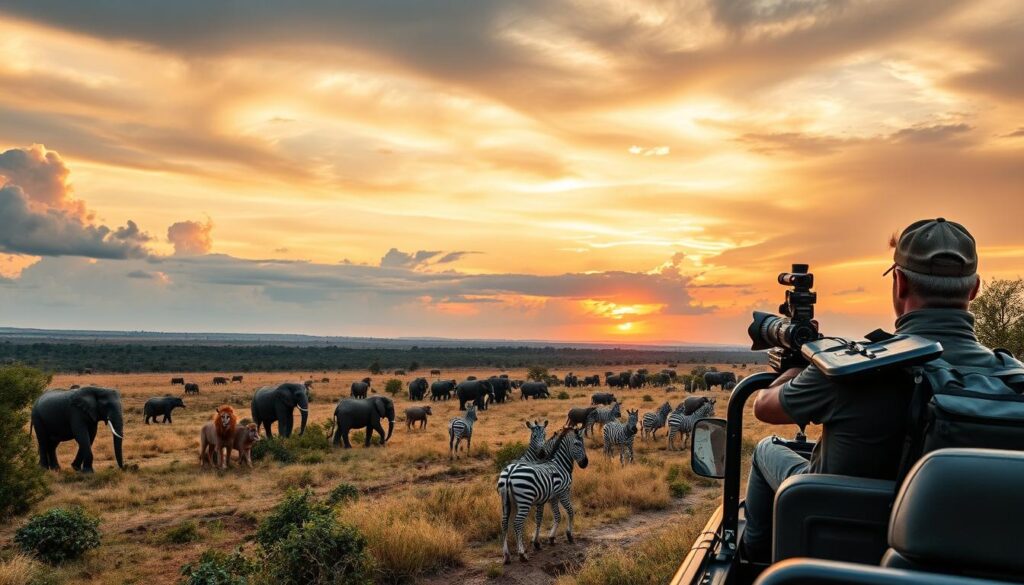
Inspirational Wildlife Photographers to Follow
Starting on safari photography tours in Africa? Look to renowned wildlife photographers for inspiration. Dive into their work and see how their styles can improve your photos.
Renowned Wildlife Photographers in Africa
Brent Stirton is a name you’ll hear often in wildlife photography. His stunning images of African beauty and fragility have appeared in National Geographic. Ami Vitale is known for her close-up shots of endangered animals and the people around them.
Emerging Talents to Watch
A new wave of wildlife photographers is also making a mark. Maroesjka Lavigne captures the magic of African landscapes in her photos. Mia Collis shows the beauty and personality of animals in her work.
Learning from Their Techniques and Styles
Learning from these photographers can teach you a lot about safari photography. Look at their composition, light use, and storytelling skills. Use their techniques to find your own style and leave a lasting mark on your African journey.
“Wildlife photography is not just about capturing the perfect shot; it’s about preserving the beauty and wonder of our natural world for future generations to cherish.”
The Role of Technology in Safari Photography
Photography is changing fast, and technology is playing a big role in safari photography. New cameras, lenses, and drones are changing how we see wildlife. These tools help us capture amazing photos of animals in their natural habitats.
Latest Camera and Lens Innovations
The camera and lens world is always getting better. Now, camera safari tours and african wildlife photo tours are more exciting than ever. Cameras have better sensors, faster autofocus, and image stabilization. This means we can take clearer, more detailed photos of animals on safari.
Drone Photography in Wildlife Conservation
Drone technology has changed wildlife photography in Africa. Drones with good cameras help with conservation. They let researchers and photographers watch animals from above, track migrations, and spot poachers.
Mobile Apps for Photographers on Safari
- Smartphones have led to many apps for camera safari tours. These apps give info on animal sightings, show the best spots, and offer tips for great photos.
- Social media is also big for sharing african wildlife photo tours photos. It lets photographers reach more people and inspire others to go on photo adventures.
As technology keeps improving, safari photography will get even better. It will offer new ways for photographers and wildlife lovers to see and capture the beauty of Africa.
Why Choose Safari Photography Tours in Africa?
Going on a safari photography tour in Africa is a unique adventure. It lets you see some of the world’s most amazing wildlife up close. You’ll capture moments that will stay with you forever.
Unique Experience Beyond Ordinary Tours
Safari photography tours in Africa are made for passionate photographers. They give you special access to hidden spots and the best light. Plus, you’ll get tips from wildlife experts to get the perfect shot every time.
Opportunities for Personal Growth
Joining a safari photography tour in Africa can change you. It helps you grow and learn about yourself. You’ll improve your photography skills, see the world in a new way, and appreciate nature more.
Connecting with Nature and Wildlife
The core of a safari photography tour is connecting with nature and wildlife. Through your camera, you’ll see the beauty and power of Africa’s animals. It’s a chance to understand and respect their place in our world.
FAQ
What are Safari Photography Tours?
Safari photography tours mix the thrill of African safaris with the art of wildlife photography. They give photographers a chance to capture amazing moments of Africa’s animals in their natural homes.
What are the best locations for Safari Photography?
Top spots for safari photography include the Serengeti National Park, Kruger National Park, and Amboseli National Park. Each place offers unique photo chances, from the Serengeti’s vast views to Kruger’s diverse wildlife and Amboseli’s elephants.
What essential gear do I need for Safari Photography?
For great safari photos, you’ll need a top-notch camera, long lenses, and tripods or monopods. Don’t forget memory cards, batteries, and filters. Also, wear comfy clothes and protect yourself from the sun.
When is the best time to go on a Safari Photography Tour?
The best time for a safari depends on the animals you want to see and the light. Dry seasons are best for wildlife, and the early morning and late afternoon light is perfect for photos.
What are the benefits of a guided Safari Photography Tour?
Guided tours offer expert advice on where to find wildlife and how to use your camera. They also ensure your safety. But, self-driven safaris let you explore freely and at your own pace.
How can I capture the iconic “Big Five” on my Safari Photography Tour?
To get photos of the Big Five, use the right camera settings and know their habits. Experts say to be patient and ready to capture their movements for the best shots.
What ethical considerations should I keep in mind for Safari Photography?
Responsible photography means respecting animals and their homes. Follow rules like keeping a distance, avoiding flash, and being careful of your impact on nature.
How can I connect with other Safari Photographers?
Meeting other photographers can make your safari better. Join groups, go to workshops, and events to share your photos, learn, and connect with others.
How has technology impacted Safari Photography?
Technology has changed safari photography a lot. New cameras, lenses, drones, and apps are making it easier to capture stunning wildlife photos in Africa.
Why choose a Safari Photography Tour in Africa?
Safari tours in Africa offer a special experience. They help you grow as a photographer, connect with nature, and capture unforgettable moments.
